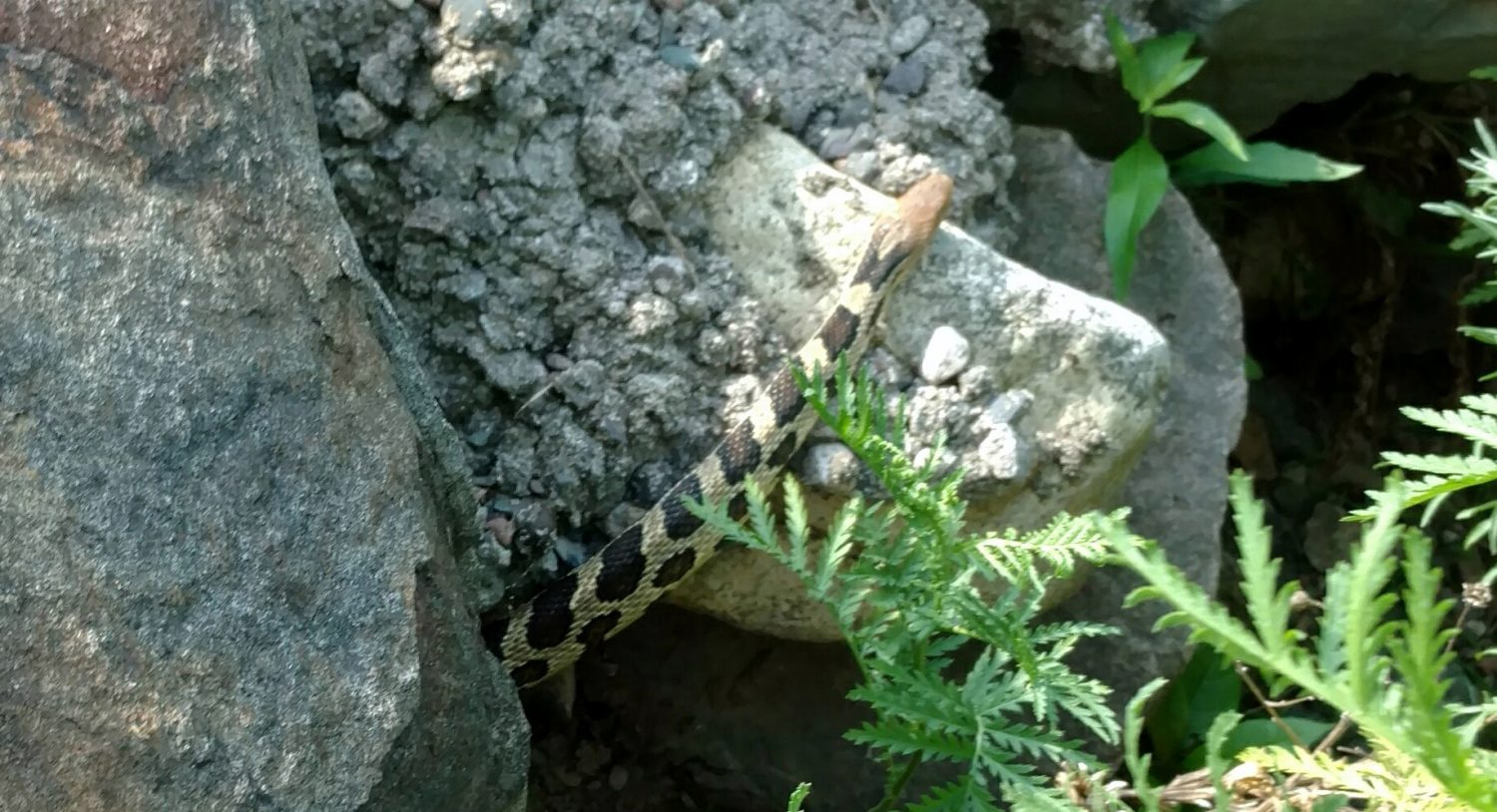Take a fresh look at the ordinary this spring

Not as grand as the pines, oaks or maples, cherry trees have great value
BY THE MASKED BIOLOGIST
Special to the Star Journal
Sometimes it is easy to take the commonplace for granted. Just because something is abundant doesn’t mean it doesn’t have a unique value. Cherry trees are a good example. Most times of the year, you may not think twice about the cherry trees growing in the wild. They are one of many different tree species that blend to form what we call the Northwoods. In the early spring, though, they are difficult to miss, and stand out in forests that are otherwise mostly dormant.
There are three varieties of cherry tree found in Wisconsin’s forests. The largest of these, the black cherry, can grow to seventy feet tall and two feet in diameter in areas of central and southern Wisconsin. It rarely gets that large up here, although I have seen some impressive specimens in eastern Langlade County.
“Right now, you can easily spot every cherry tree in the woods, and they help give us hope for a bountiful spring.” -The Masked Biologist
The chokecherry is the smallest, almost more of a large shrub than a tree, with an eight inch diameter trunk and a height of about twenty feet.
Finally, we have the pin cherry, which also takes a more shrubby, multi-stemmed form and reaches a height of twenty to thirty feet. In my experience, these three species can sometimes be easy to misidentify from a distance. Black cherry growing on sandy soils poor in nutrients tends to take an unimpressive form, with multiple stems growing from a central root crown into spindly branching trees. The trunks tend to be somewhat oval shaped, and the bark is a reddish brown with thin white horizontal lines. It is probably the most common cherry tree I see while driving the roads and highways through the woods, although I rarely stop to confirm it. Chokecherry and pin cherry both are pioneer species that come in after a disturbance, especially wildfire, which is uncommon in current times.
Our cherry trees rarely grow large enough to generate timber sale revenue, and are not nearly as impressive or showy as some of our white or red pines, hemlocks, oaks, or maples. However, whenever I am visiting someone’s property and discussing their forest management options, I encourage them to manage for continued presence of cherry trees. These trees are extremely beneficial to wildlife.
The most obvious reason is the fruit. Bears absolutely love cherries. If you look at the largest, most impressive cherry tree in an aspen stand, for example, it probably looks like it has been hit repetitively by lightning. In fact, generations of bears learn and remember where the best cherry trees are, and pull the branches down to strip off the fruit as soon as it is ripe. A wide variety of birds enjoy these fruits, too.
Grouse will gorge on the cherries as they fall to the ground in the summer. In the winter and spring, turkeys are happy to scratch up the ground under these trees to find the dried fruits and pits when other foods are less available. Any dried cherries left hanging on branches at the end of winter are also happily taken by a variety of songbirds returning from their warm winter retreats.
Cherry blossoms are also extremely valuable. In the Northwoods, the cherry blossoms are our first true burst of color in the spring, in addition to a handful of flowers on the forest floor. These are extremely important food for pollinators, whose numbers are rapidly diminishing across the country. These insects also provide food for hatchling birds, which makes cherry trees a favorite for songbird nests. Of course, humans are also attracted to the beautiful fragrant cherry flowers; places such as Washington D.C., Traverse City, Michigan, and even Door County here in Wisconsin have springtime tourism that revolves around the cherry blossom bloom.
Right now, you can easily spot every cherry tree in the woods, and they help give us hope for a bountiful spring. Take this opportunity to think about a unique tree that provides a little something to the landscape year round.
The Masked Biologist earned a Bachelor of Science degree from a university with a highly regarded wildlife biology program. His work in natural resource agencies across the country provided opportunities to gain experience with a variety of common and rare fish, plant and wildlife species. Follow The Masked Biologist on Facebook. Email questions to [email protected].
Leave a reply
You must be logged in to post a comment.


